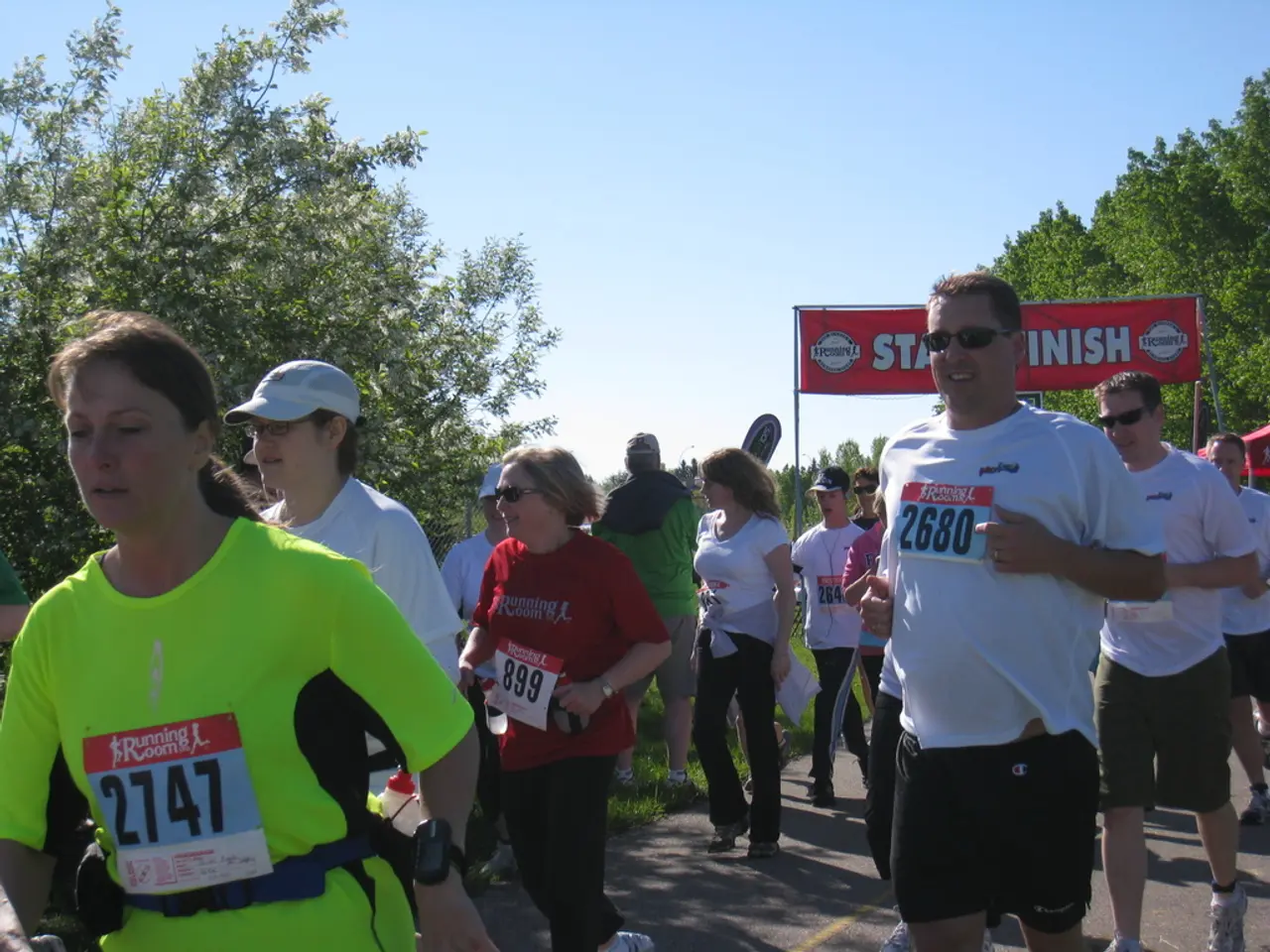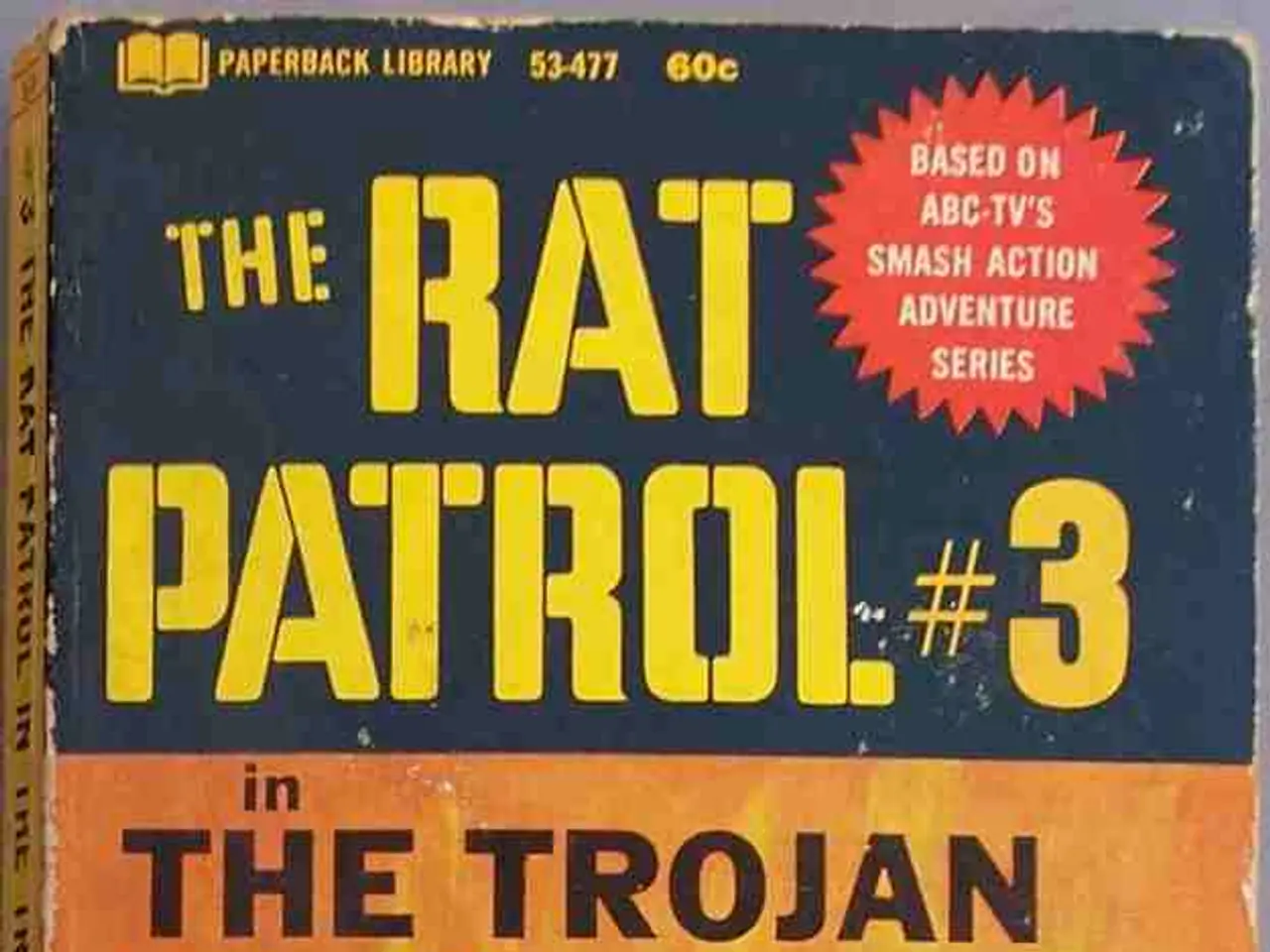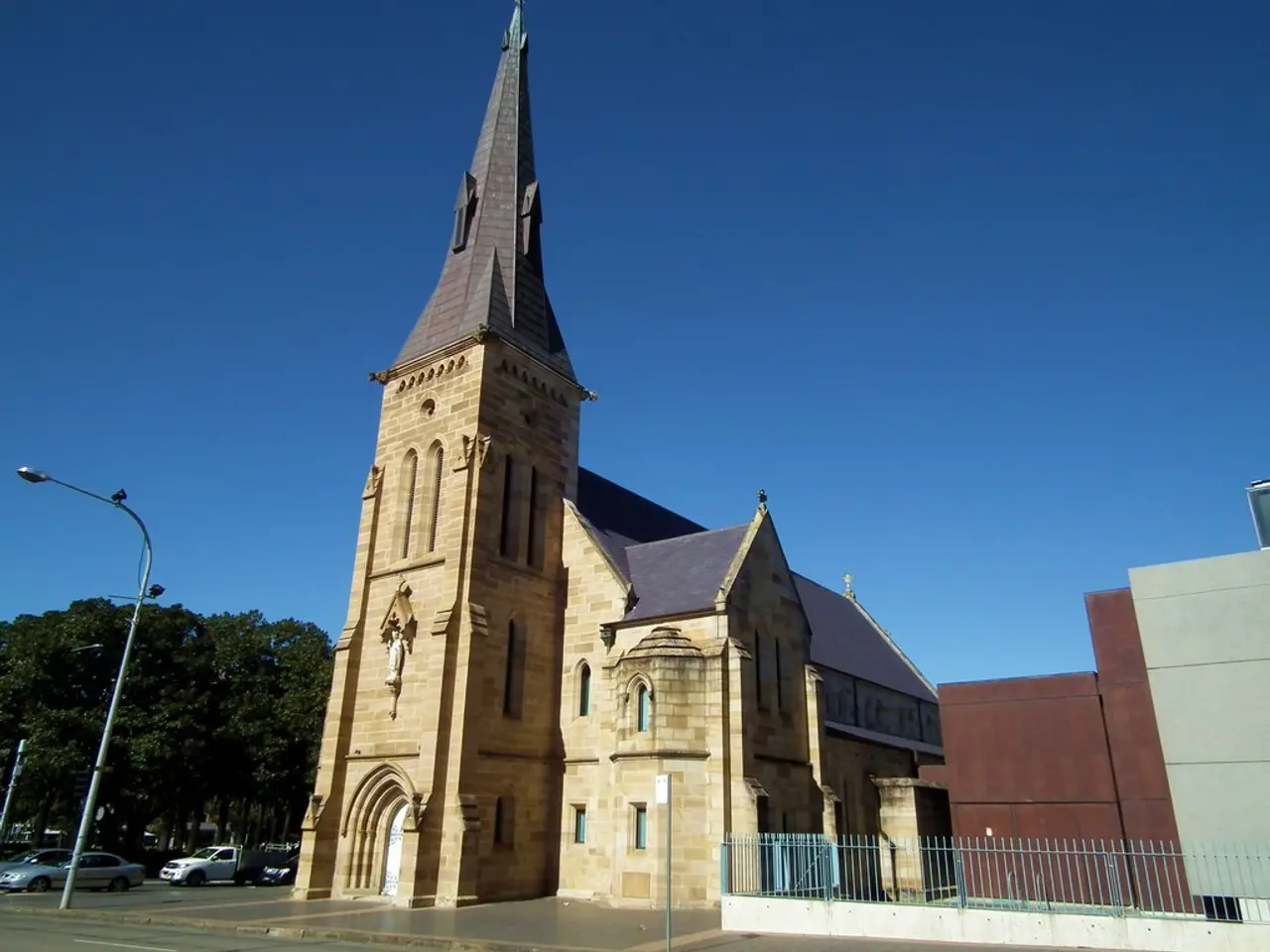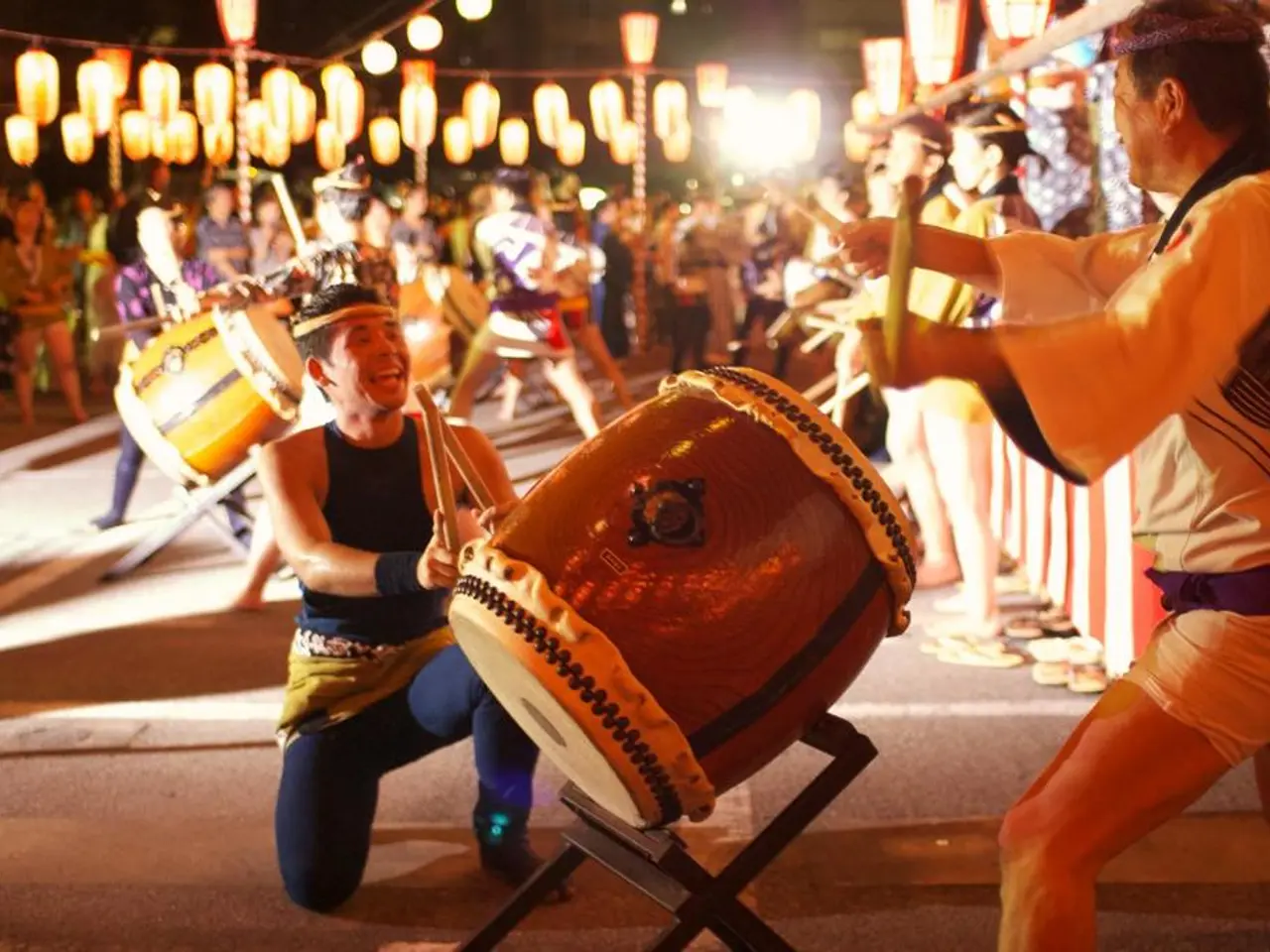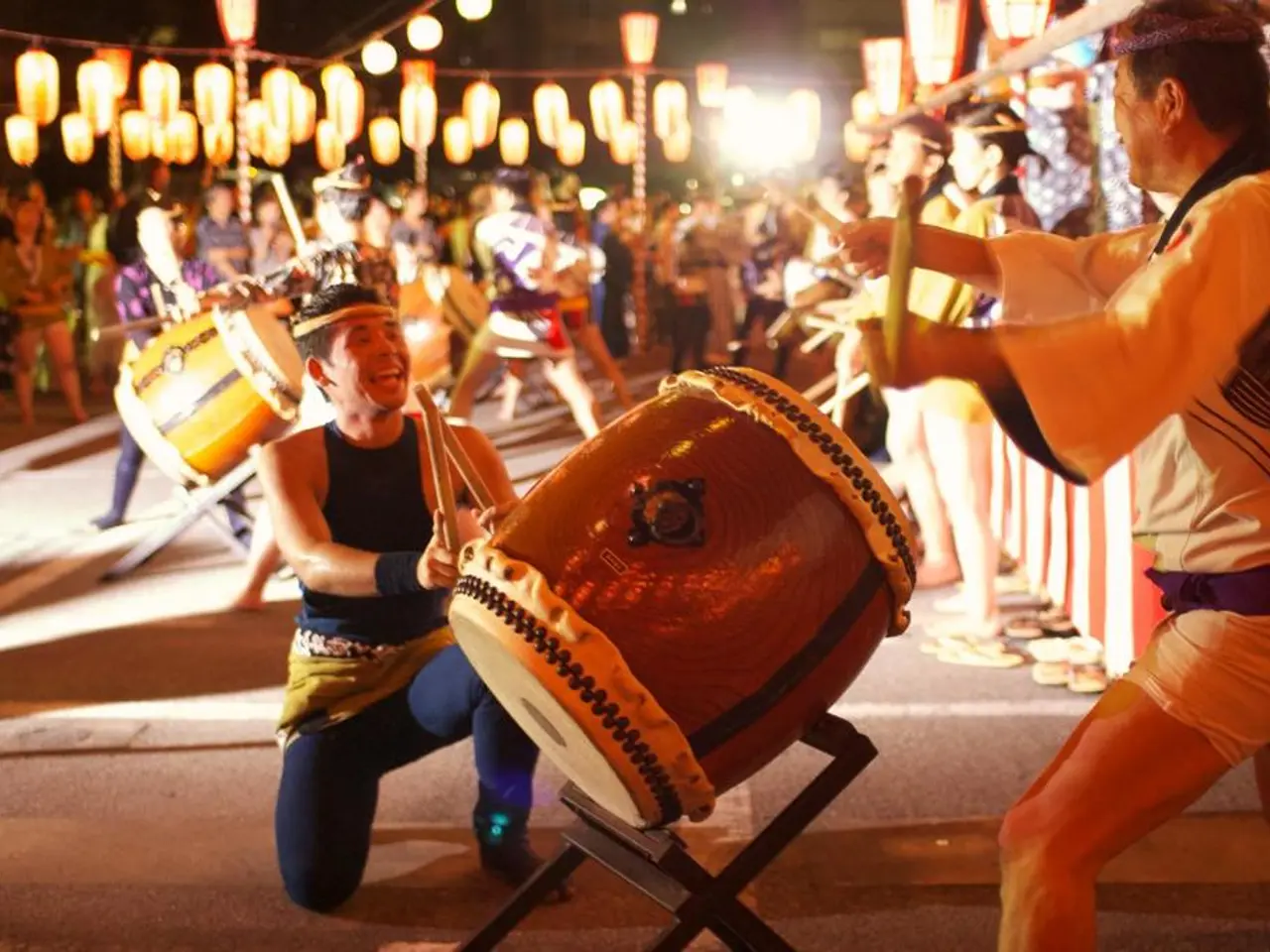"Indigenous Runners Appeal to President Biden: Discontinue the Operations of DAPL"
Youth-Led Movement Against Dakota Access Pipeline Continues
The fight against the Dakota Access Pipeline (DAPL) remains active, with youth and Indigenous activists leading the charge through legal battles and ongoing resistance. The movement, which gained significant attention in 2016, has evolved from physical protests to a focus on legal action and financial pressure.
AnnaLee Yellow Hammer, a member of the Standing Rock Sioux Tribe and vice president of the Standing Rock Youth Council, initiated her efforts to stop the DAPL when she was in middle school. In 2016, she wrote a letter to the Army Corps of Engineers to halt the pipeline's construction. Alongside about 30 Indigenous youth, she ran from North Dakota to Washington, D.C. to deliver the letter.
The youth's run was compared to the survivors of the Wounded Knee Massacre who had to flee for their lives in 1890 by Tasina Sapa Win, a member of the Cheyenne River Sioux Tribe. Joye Braun, a frontline community organizer with IEN, shared the history of the Wounded Knee Massacre survivors with the youth runners.
William Brown Otter, a member of the Standing Rock Sioux Tribe and a mentor to the youth council, ran cross country in high school. In 2016, he ran with the youth for 12 days to Nebraska without much background. Brings Plenty, a member of the Cheyenne River Sioux Tribe and a social media intern at IEN, is a descendant of the Wounded Knee Massacre survivors. He describes his memories running alongside the Indigenous-led pipeline resistance groups as "the best times of their life."
The youth's fight against DAPL is not limited to the pipeline's direct construction or operation sites. They are also targeting the financial institutions backing fossil fuel projects, such as Wells Fargo, to pressure a broader shutdown of fossil fuel infrastructure including pipelines. These demonstrations include coordinated protests, arrests, and public messaging campaigns linking fossil fuel finance to wider social and environmental injustices.
In 2021, celebrities like Kerry Washington, Mark Ruffalo, and Ava DuVernay signed a letter asking President Joe Biden to shut down the Dakota Access pipeline. The youth plan to take their fight to Washington, D.C. on April 1, the fifth anniversary of the birth of Sacred Stone Camp.
Despite the ongoing efforts, the Dakota Access pipeline is currently operating and pumping 570,000 barrels of oil a day and is set to double its capacity. In July 2020, a court ruled that the pipeline was operating illegally in violation of the National Environmental Policy Act. However, the pipeline's fate remains uncertain, with the U.S. Army Corps of Engineers continuing its operations without proper permits and trust, as contested by the Standing Rock Sioux Tribe in recent lawsuits.
The movement to shut down Dakota Access is for the seven generations ahead, for the leaders of tomorrow, and for the children born into a world addicted to oil and gas. The youth are at the heart of the effort, continuing to inspire and lead through civil disobedience and occupation-style tactics, seeking to reclaim and protect tribal lands and waters.
- The youth-led movement against the Dakota Access Pipeline (DAPL) has evolved from physical protests to a focus on legal action, financial pressure, and newsletters, magazines, and other general news media outlets covering climate-change, environmental-science, politics, and the community.
- AnnaLee Yellow Hammer, a member of the Standing Rock Sioux Tribe and vice president of the Standing Rock Youth Council, not only led the youth's run to deliver a letter to halt the DAPL's construction but also wrote an articulate piece on the need for pipeline resistance in environmental-science magazines.
- The Indigenous youth's fight against DAPL goes beyond its immediate operation sites, with activists showcasing art installations, theatre performances, and musical concerts in their community and wider environmental-science circles to raise awareness of climate-change and the need for pipeline shutdowns.
- In an effort to increase financial pressure on institutions backing fossil fuel projects, the youth movement has coordinated with various artists and magazines to launch petitions targeting corporations like Wells Fargo, using social media and public messaging campaigns to link fossil fuel finance to broader social and environmental injustices.
- As the fight against DAPL continues, the youth remain persistent, with publications in magazines, science journals, and newsletters sharing their stories of resistance, ensuring the movement's voice is heard for the seven generations ahead, in support of environmental welfare and the protection of their lands and waters.
